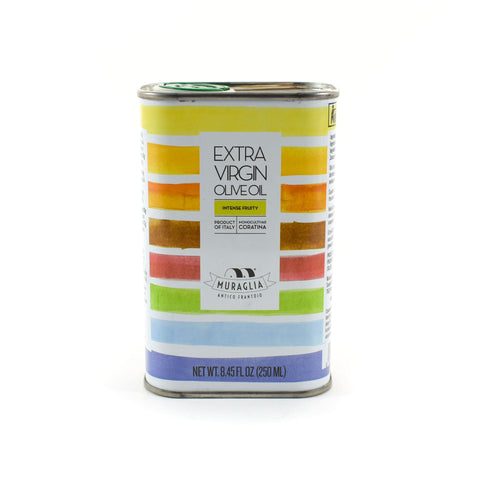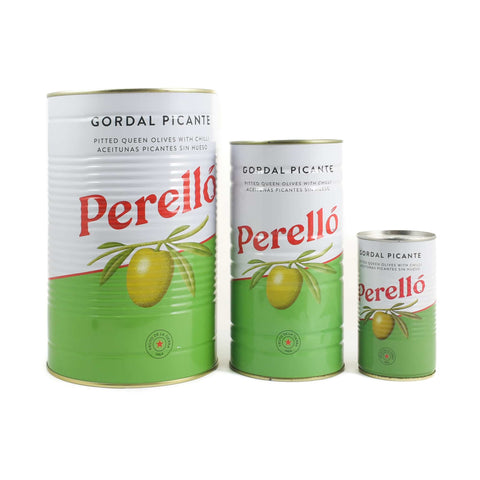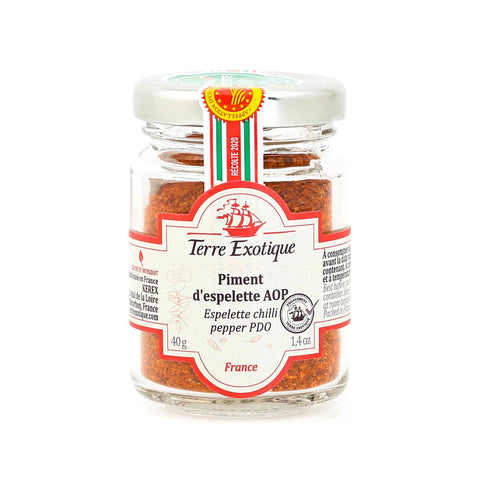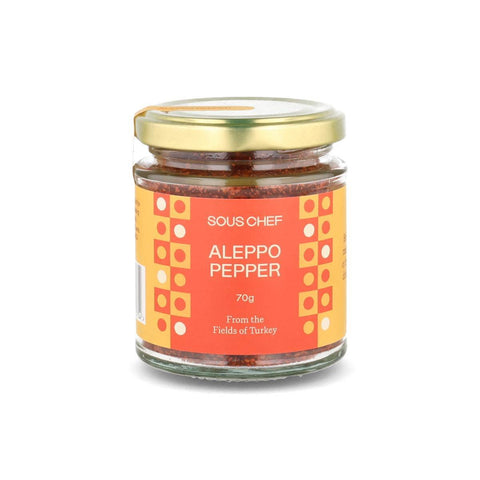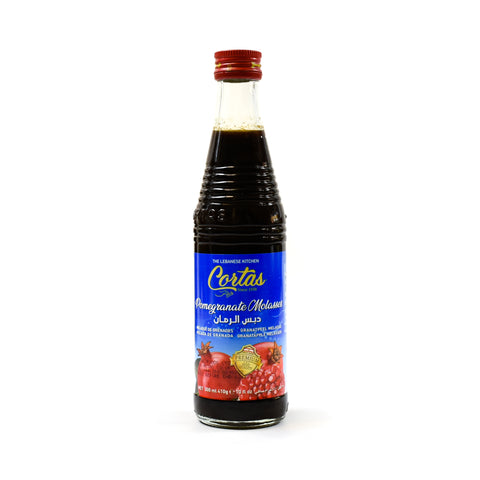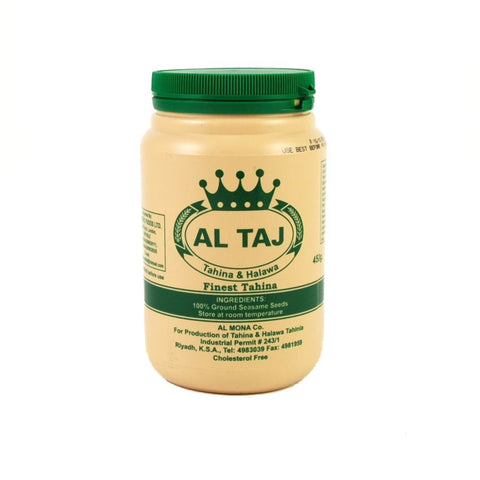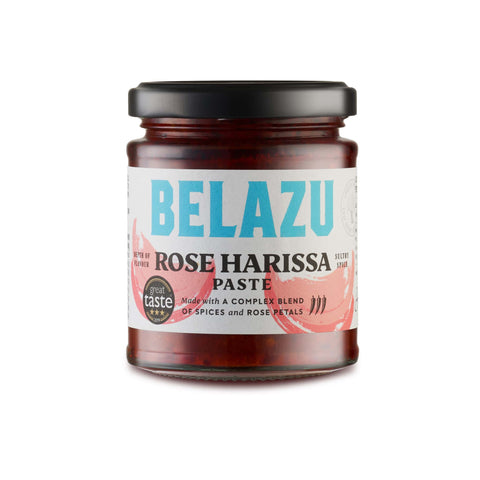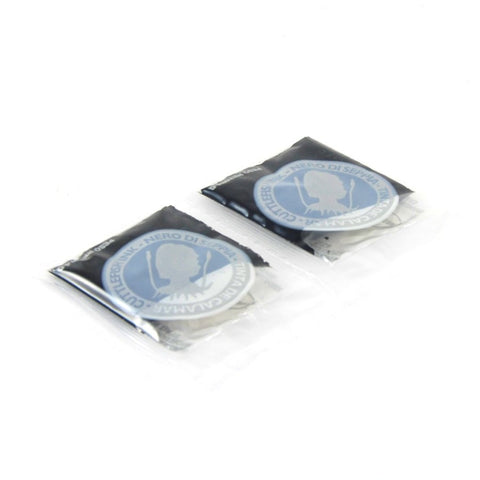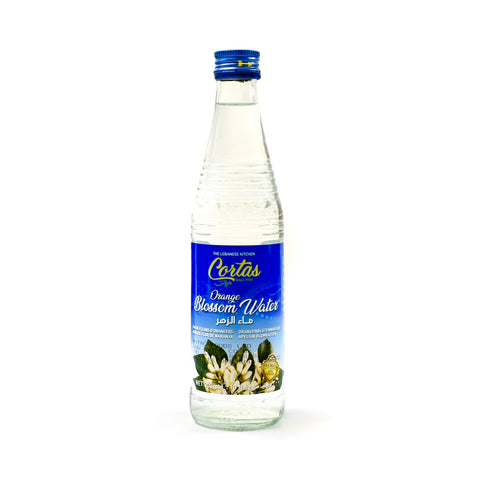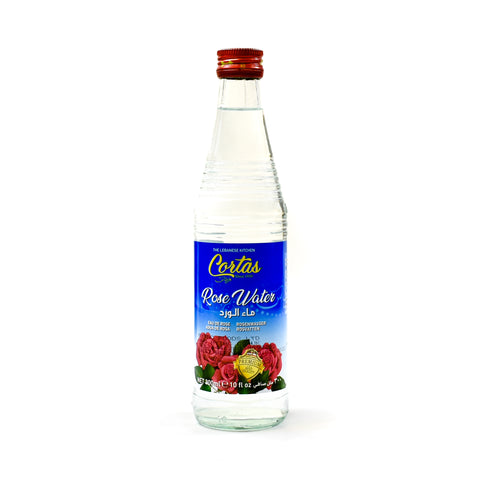A Guide to Mediterranean Food, by Claudia Roden

The regions around the Mediterranean have the same fruit and vegetables, grains, nuts and legumes and the same seafood and meat, but the dishes they make with them are different. What makes each cuisine distinctive is the different flavours and aromas. These can be very delicate or spicy and chilli hot, sweet and sour or savoury and sweet.
What are the key Mediterranean ingredients?
In the northern Mediterranean, they use a wider variety of herbs. Among the other ingredients that give flavour you will find:
- cinnamon,
- saffron
- pimentòn or paprika.
- Wine, spirits, vinegars,
- vanilla,
- jasmine essence,
- almond extract,
- truffles,
- mustard,
- dried wild mushrooms,
- anchovy fillets,
- pancetta,
- chorizo
In the eastern and southern Mediterranean, they use a greater number of spices and aromatics. Every country has its favourites.
- In Egypt it is cumin and coriander.
- In Turkey they flavour their meats with cinnamon and allspice and use sumac quite a bit.
- In the Levant they also use cardamom.
- In Morocco they use much cumin, saffron and turmeric, cinnamon, and ginger.
Aromatics include rose and orange blossom water, honey, pomegranate and date molasses, tamarind, tahini, preserved lemons and mastic.
Rose buds and dried fruits such as raisins and sour cherries add flavour as do nuts such as pine nuts, almonds and pistachios.

Med – A Cookbook, by Claudia Roden is out now, £28, Ebury Press
1. Extra virgin olive oil
Oils vary in colour, flavour, and aroma depending on the type of tree, the soil on which it grows, whether it grows on a hill or the plain or by the sea, on the weather, when and how the olives are harvested, how ripe they are, how quickly the oil is extracted and by what means.
They can be light and delicate, or assertive and strong, their taste sweet to pleasantly bitter and pungent, through fruity, nutty, spicy and peppery, and their fragrance can be elusive or intense. It is worth tasting a few olive oils to choose one you like best. Use a light and delicate extra virgin to dress salad leaves and cooked vegetables and a strong peppery one for dribbling over a soup or stew or on bruschetta.
2. Olives
Olives are a symbol of the Mediterranean. Every country produces different varieties. We can now get some great ones, black or green, whole or pitted, in this country. Look for olives that have a good strong, intense flavour. Serve them as appetisers, in salads, in stews and sauces. Make them into a paste to spread on little toasts.
3. Crushed and ground dried chilli peppers
My two favourites are the French Piment d’Espelette which is grown in the Basque region of France and Aleppo Pepper which comes to us from Turkey. Both have a rich flavour and are less hot than other ground and crushed chillies.
4. Pomegranate molasses
Also called concentrate or syrup, pomegranate molasses is (and should be) made from the juice of sour, not sweet, pomegranates boiled down to a thick syrup. Some varieties are a bit too sweet for my liking. A tiny bit of added lemon juice or wine vinegar can improve on their sweet-and-sour flavour. They are much used in Middle Eastern cuisines.
5. Tahini
A thick creamy paste made of ground sesame seeds is much used in Levantine cuisine, most famously as a component of hummus. I make a sauce for fish, salads and vegetables by mixing tahini with garlic, lemon juice and a little water. A tablespoon or two mixed into yoghurt makes another lovely sauce. Because tahini separates, with the oil coming to the top and the thick paste remaining at the bottom, it needs to be stirred well before use.
6. Harissa
A fiery hot and aromatic North African paste, of red bell peppers, chillies and garlic, flavoured with cumin and coriander has become very popular in this country. You can add harissa to soups and stews and all kinds of things. A peppery sauce for couscous is made by mixing 1 or 2 tablespoons of harissa in a few ladles of the hot broth.
7. Squid ink
When cuttlefish or squid sense predators they squirt ink that is stored in sacs to fend off attack. Concentrated squid ink sold in little sachets can be used to cook Spanish and Italian dishes of squid, rice and pasta. The shiny jet-black ink brings a dramatic quality and a unique savoury flavour. Use less or more to make the rice or pasta as grey or black as you like.
8. Rose and orange blossom waters
They lend a delicate perfume to whipped cream, custards and syrups, pastries and puddings. Produced by boiling the blossoms and condensing the steam in an alembic or still, they can be more or less diluted and vary in strength according to the producer and depending on whether they were the first or last batch in the distillation process. As the flavour is rather powerful it is best to add a little less than the amount stated to begin with, and to add more to taste. Orange blossom water is more powerful than rose water so you must be more careful in the amount you use.
9. Jasmine essence
I discovered it in Sicily where it is used to flavour ice cream and puddings. I use it in milk puddings such as rice pudding or a cornflour based one. It gives a very delicate fragrance.
10. Amande Amère
Concentrated bitter almond flavour used, like almond extract, in tiny amounts by the drop because it is very powerful, intensifies the flavour of cakes, pastries, puddings and creams made with ground almonds.
